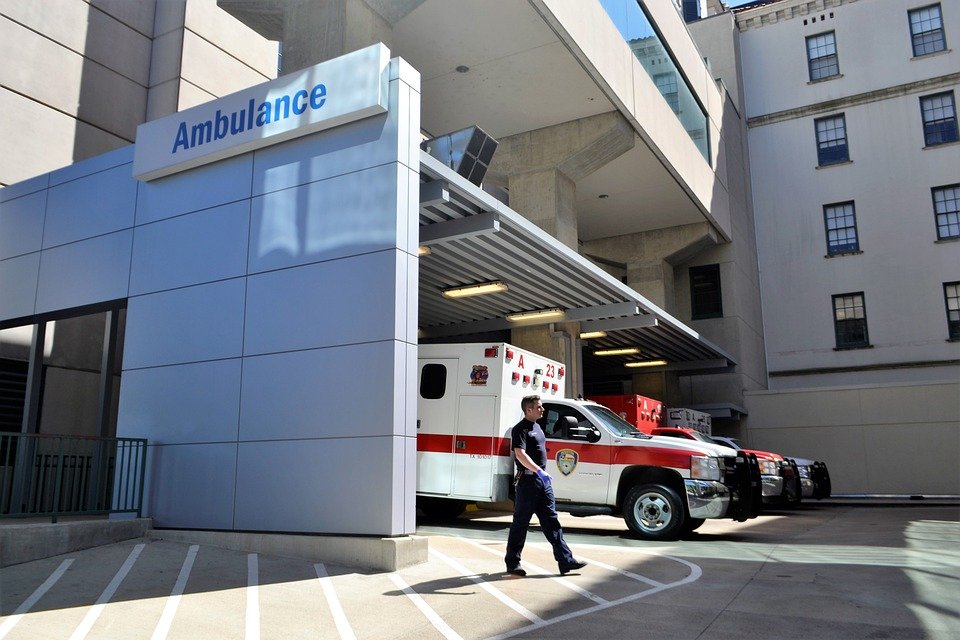
The femur, also known as the thigh bone, is the longest and strongest bone in the human body. It plays a crucial role in supporting the body’s weight and is essential for mobility and movement. In this article, we will break down the anatomy of the femur, its functions, common injuries, and treatment options.
Anatomy of the Femur:

The femur is a long bone that extends from the hip to the knee. It consists of a shaft, two ends, and several important structures. The proximal end of the femur connects to the hip joint, while the distal end connects to the knee joint. The head of the femur is a rounded structure that fits into the acetabulum of the pelvis to form the hip joint. The neck of the femur connects the head to the shaft and is a common site for fractures. The shaft of the femur is cylindrical in shape and is responsible for bearing the body’s weight.
The femur also has several important structures, including the greater trochanter, lesser trochanter, and linea aspera. The greater trochanter is a bony prominence on the proximal end of the femur that serves as an attachment site for muscles. The lesser trochanter is located on the posterior aspect of the femur and also serves as an attachment site for muscles. The linea aspera is a ridge on the posterior aspect of the femur that provides additional attachment sites for muscles.

Functions of the Femur:
The femur plays a crucial role in supporting the body’s weight and facilitating movement. It is essential for activities such as walking, running, and jumping. The femur also helps to stabilize the hip and knee joints and provides attachment sites for muscles that are involved in movement.

Common Injuries:
The femur is a strong bone, but it can still be susceptible to injuries. Some common injuries to the femur include fractures, dislocations, and stress fractures. Fractures of the femur can occur as a result of trauma, such as a fall or car accident, or from overuse injuries. Dislocations of the femur can occur when the head of the femur is forced out of the acetabulum. Stress fractures of the femur can occur from repetitive stress on the bone, such as in athletes who participate in high-impact sports.
Treatment Options:
Treatment for injuries to the femur will depend on the severity and type of injury. Fractures of the femur may require surgery to realign the bone and stabilize it with pins or plates. Dislocations of the femur may require manipulation to relocate the head of the femur back into the acetabulum. Stress fractures of the femur may require rest and immobilization to allow the bone to heal.
In conclusion, the femur is the strongest bone in the human body and plays a crucial role in supporting the body’s weight and facilitating movement. Understanding the anatomy of the femur, its functions, common injuries, and treatment options can help individuals maintain healthy bones and prevent injuries. If you suspect you have a femur injury, it is important to seek medical attention to receive appropriate treatment and prevent further damage.

Discover more from Bibliobazar Digi Books
Subscribe to get the latest posts sent to your email.


